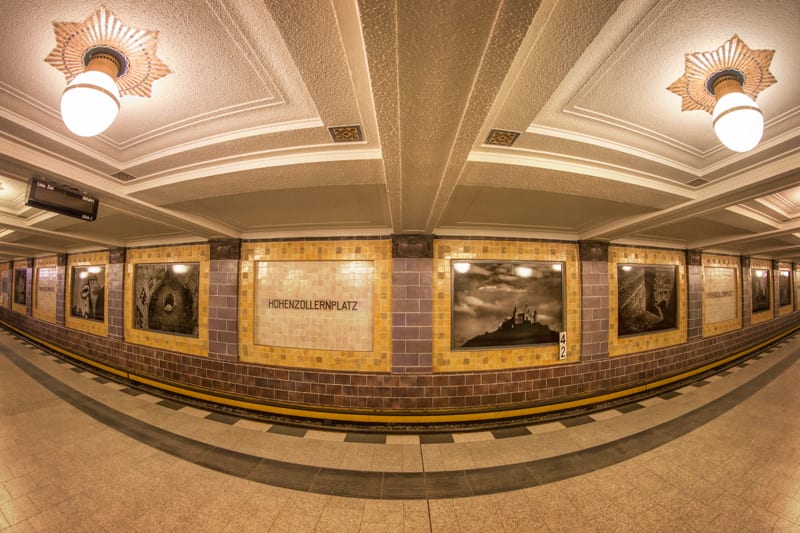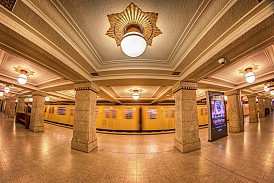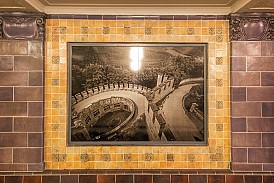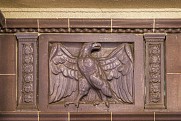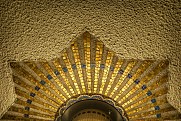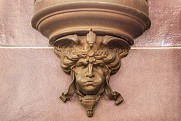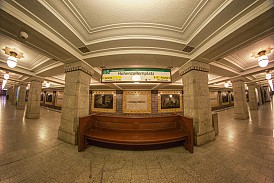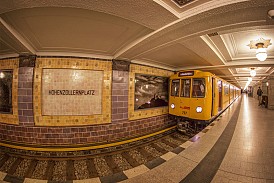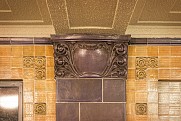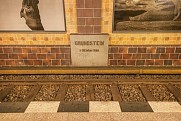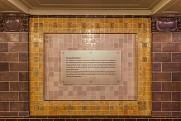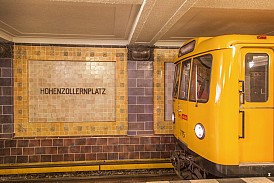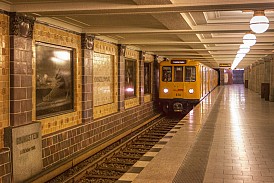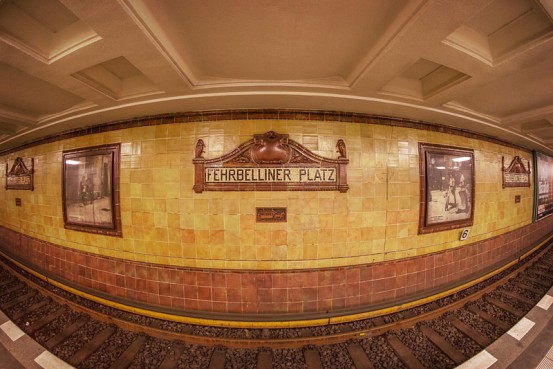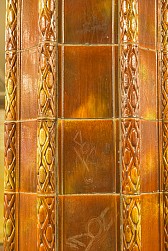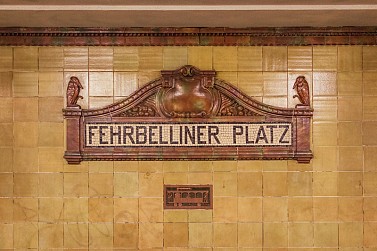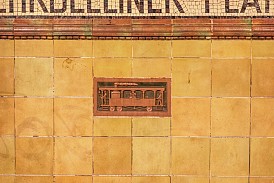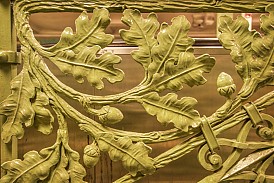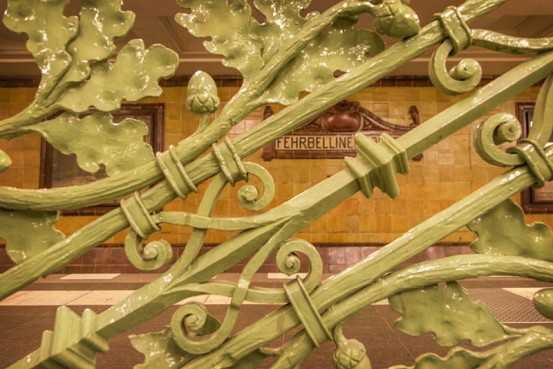For over 200 years railways have been constructed across the globe to carry freight and people. Besides the trains, the integral part of every railway is, of course, the stations themselves. Some stations are rudimentary and simple, but others are undeniable gems. We’ve spent the past few weeks touring Berlin’s U-Bahn, which has many interesting stations, mixed in with plenty more bare and utilitarian stops that are hardly noteworthy. We are, however, back again to check out more attractive locales of the Berlin U-Bahn.
From the attractive Oberbaumbrücke to the unexpected above ground stations, Berlin’s U-Bahn is a captivating transit system. I’m not a big fan of subway stations, likely because I love light, of which there is never quite enough underground. However, some of the U3 Line’s underground stations are hard to ignore. A handful of some of the U-Bahn’s earliest stations are attractive gems. Many were located in the city of Wilmersdorf – then a suburb of Berlin. Conceptually, the stations’ aesthetic was to represent the affluence of the city – represented through elaborate stonework. The resulting stations featured Doric columns, granite floors, wrought iron gates, mosaic tiling, and sandstone-carved sculptures. By 1920 Wilmersdorf was folded into Greater Berlin, but these stations retain both the character and history of its predecessor.
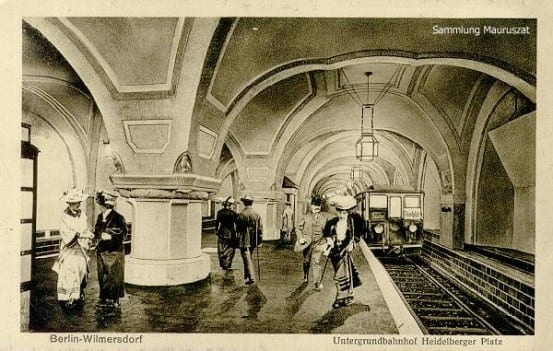
A circa-1915 postcard of Heidelberger Platz station. Image from the Berlin U-Bahn Archive.
Though there are about five stations on the U3 Line that fit that description, we’re going to visit three of them – Hohenzollernplatz, Fehrbelliner Platz, and Heidelberger Platz. All three were designed by architect Wilhelm Leitgebel, with construction beginning in 1909 and opening in 1913.
Our first stop is to Hohenzollernplatz. The station is decorated with ceramic tiling, mosaic inlays in the ceiling, and an eagle motif – representative of the House of Hohenzollern. On the walls of the station are photographs of Hohenzollern Castle, ancestral home of the Hohenzollern family, from which came several kaisers of the German empire.
Fehrbelliner Platz is the next station along the way, and you can board both U3 and U7 trains here. The U7 portion was constructed in the late 1960s, and opened in January 1971. It is much more modern, and lacks the charm of the original U3 station. Much of the U3 platform, however, looks similar to the way it did at opening in 1913. The station features both historical photos and ceramic tiling. Octagonal central supports are covered in ceramic plates, and the walls have an inlay showing a historical train car. Wrought iron gates and grilles, some of which remind me of Grand Central, were designed by Michael Römmisch.
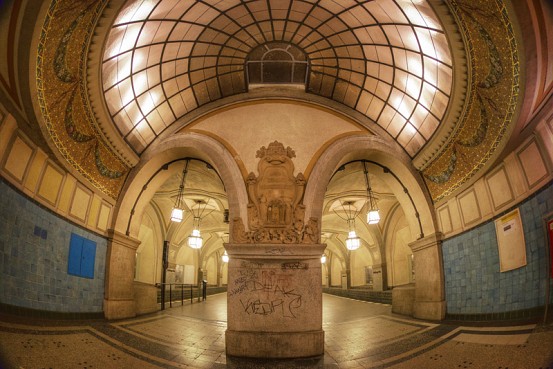 Â
 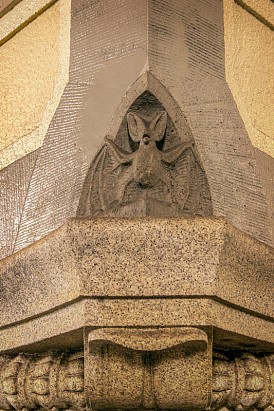 Â
 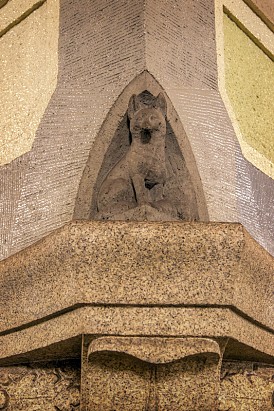 Â
 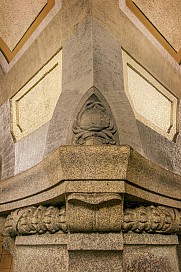 Â
 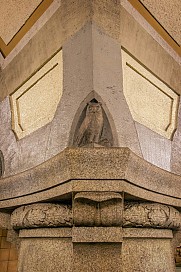 Â
 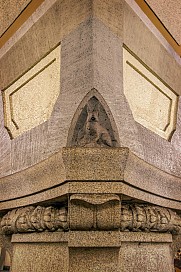 Â
 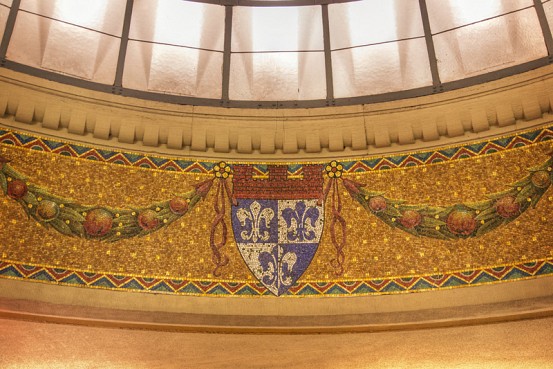 Â
 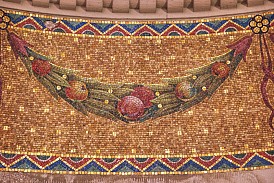 Â
 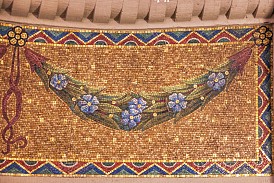 Â
 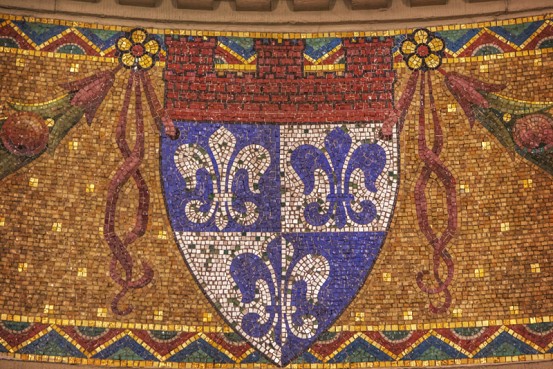 Â
 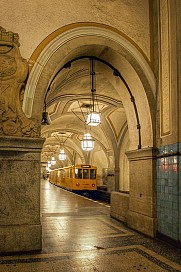 Â
 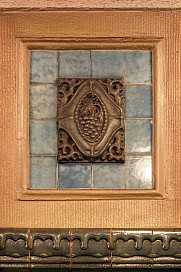 Â
 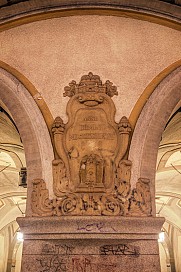 Â
 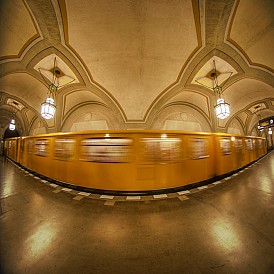 Â
 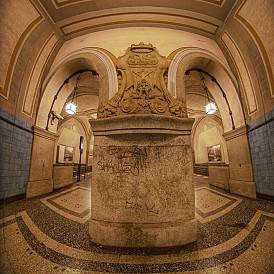 Â
 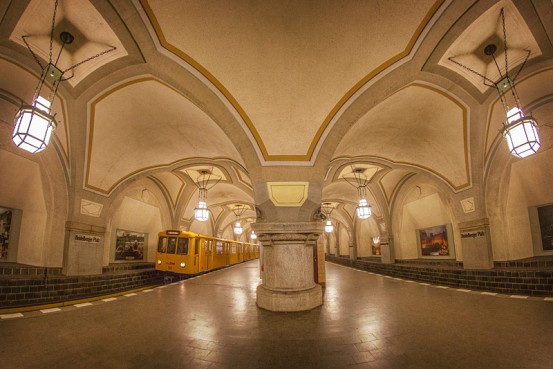 Â
 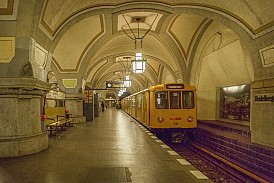 Â
 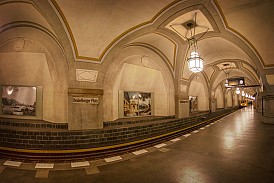 Â
 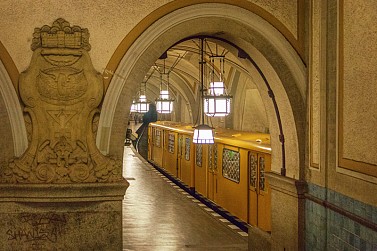 Â
 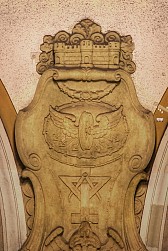
The last station on this Underground tour is Heidelberger Platz, which was constructed deep underground to avoid another rail line. The station is comprised of several groin vaults supported by squat columns on an island platform. Sculpted on each of these columns is a different animal, all creations of sculptor Martin Meyer-Pyritz. Additional sculptural elements, like the traditional winged wheel symbol of transportation, can be found within. Mosaic tiles found at the platform entranceways complete the attractive aesthetic, and depict flowers and the coat of arms of Wilmersdorf.
A total of 170 stations across nine lines make up Berlin’s U-Bahn system, and it is obvious that not all of them are going to be amazing bits of architecture. However, stations like those on the U3 Line make the system a delight to explore, to photograph, and perhaps even to visit from thousands of miles away (and through a computer monitor).

